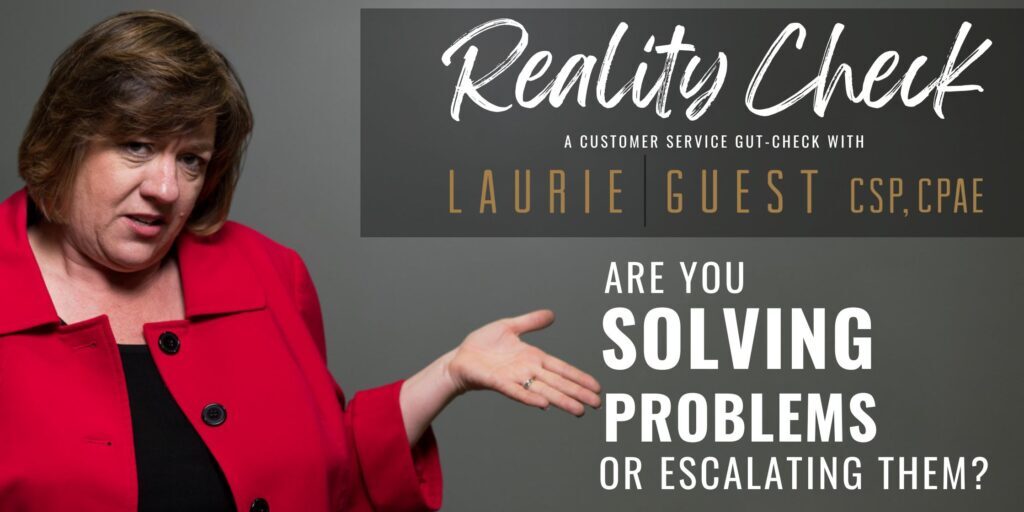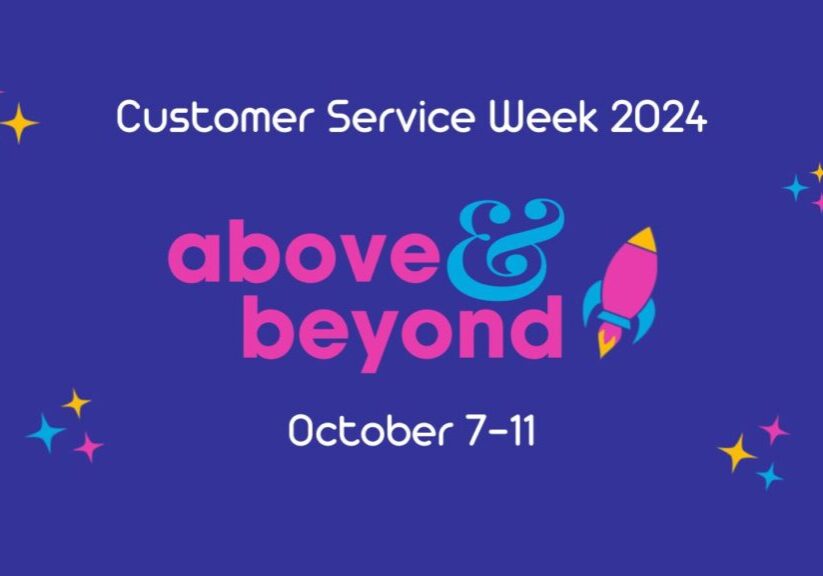Nobody wants them, yet we all have them—angry customers. Whether you’re on the front lines or in leadership, knowing how to handle dissatisfied customers is a critical skill. Here’s a straightforward guide to navigating these tough interactions:
- Stay Calm
Frontline staff often bear the brunt of customer frustration. The instinct is to either fight back or flee—neither is the right choice. Instead, train yourself to stay composed. Take deep breaths, maintain eye contact, and keep your voice steady.
- Stop, Look, Listen, and Respond
- If possible, move the conversation to a private space.
- Give the customer your full attention—no multitasking.
- Use positive body language: nod, take notes, and avoid interrupting.
- When it’s your turn to speak, start with common ground: “I appreciate you bringing this to our attention. Let’s work on a solution.”
- Accept the Anger
Don’t take it personally. Many people don’t know how to express frustration calmly. If you ever find yourself as the angry customer, try this approach: “I know this isn’t your fault, but I’m upset and hoping you can help.” It’s far more effective than yelling at an innocent team member.
- Take Responsibility
Never say, “There’s nothing I can do.” That phrase is like throwing gas on a fire. There’s always something you can do—whether it’s gathering information or escalating the issue. Every team member represents the whole business, so act accordingly.
- Refer to the Right Person (The Right Way)
If someone else is better suited to handle the issue, transition smoothly:
- Use the customer’s name.
- Identify the problem: “Mr. Smith, I understand your concern about XYZ.”
- Name the expert: “Melanie, our specialist in 123, can take care of this.”
- Set expectations: “Let me explain your situation to her, and she’ll get it resolved right away.”
- Ask Questions
Gather facts before making assumptions. Simple questions can reveal key details:
- “What were you told?”
- “When did you call?”
- “Do you know who you spoke with?”
- Restate the Problem & Confirm
Summarize the issue from the customer’s perspective. If there’s misinformation, use phrases like “And you feel that…” or “Your impression was…” to acknowledge their experience without confirming inaccuracies.
- Respond Visibly
Your facial expressions matter. Show that you’re engaged and serious—nod, but don’t overdo it. Avoid defensive reactions, even if you were responsible for the mistake.
- Find Common Ground
You don’t have to agree with insults or false claims, but you can empathize:
- “I understand how you feel. I would have felt the same way.”
- “What we’ve found is that [insert solution] helps resolve this issue.”
- Develop Solutions
This is the turning point. Offer practical solutions and, if the customer is resistant, ask: “What can we do to make this situation better?” If they say “Nothing,” acknowledge their frustration and suggest a small step forward.
- Exceed Expectations
Fix the problem plus one. That means not just solving the issue but adding a gesture of goodwill—maybe a discount, priority service, or a handwritten note. Small touches make a big impact.
- Personalize the Experience
If all else fails, use their first name in a calm, friendly tone. It can disarm even the angriest customer. Then, ask for their input on a resolution: “John, what do you think would be fair?” This simple shift can change the tone of the conversation instantly.
The Bottom Line
With enough practice, these steps become second nature. There’s no single right order—sometimes, Step 12 comes first! The key is to approach every interaction with patience, professionalism, and a genuine desire to help. Handle angry customers well, and you might just turn them into your most loyal fans.







